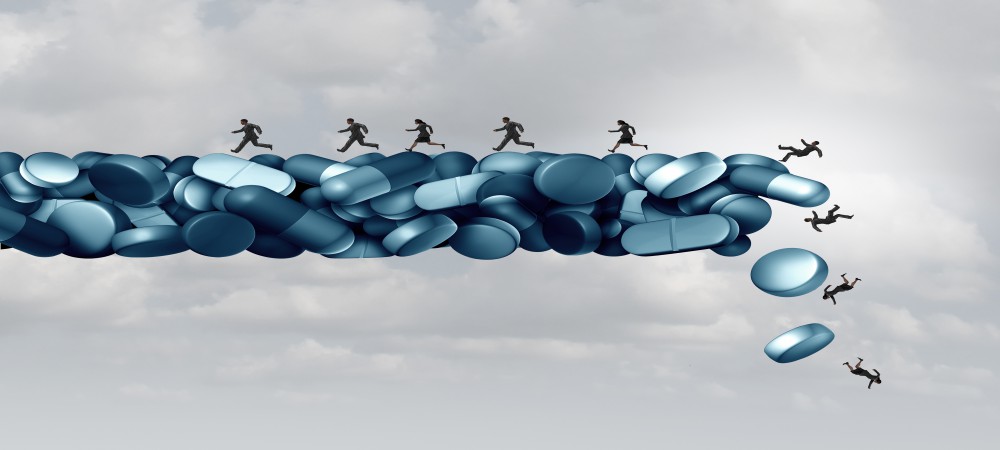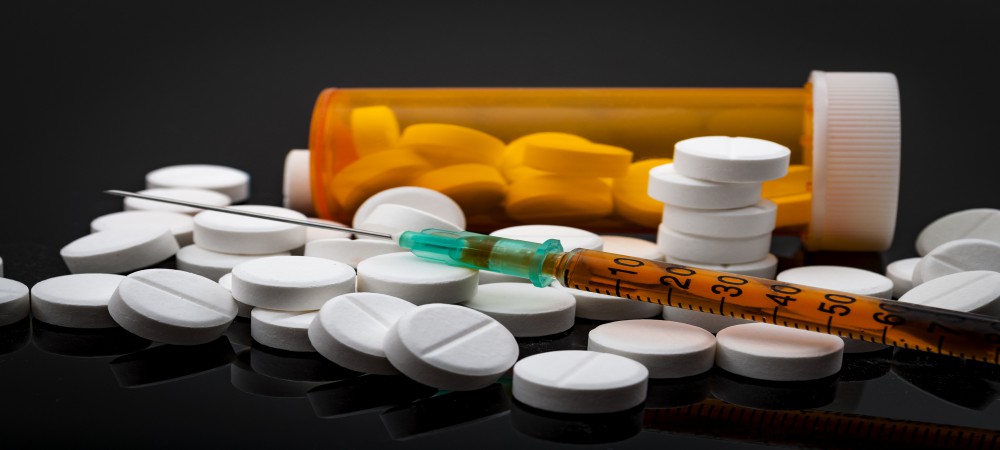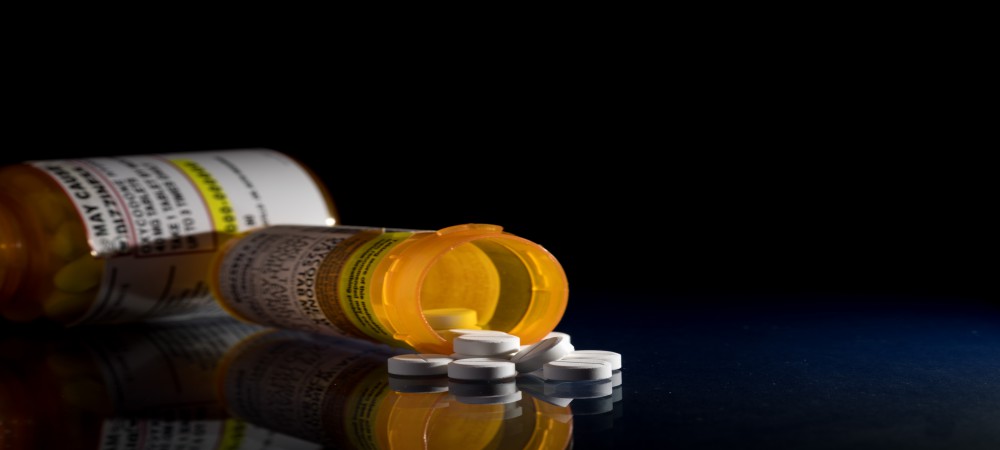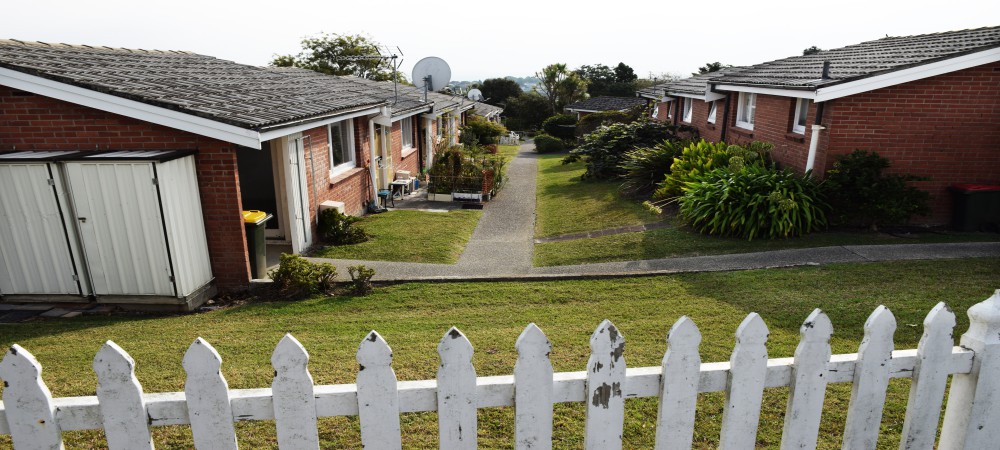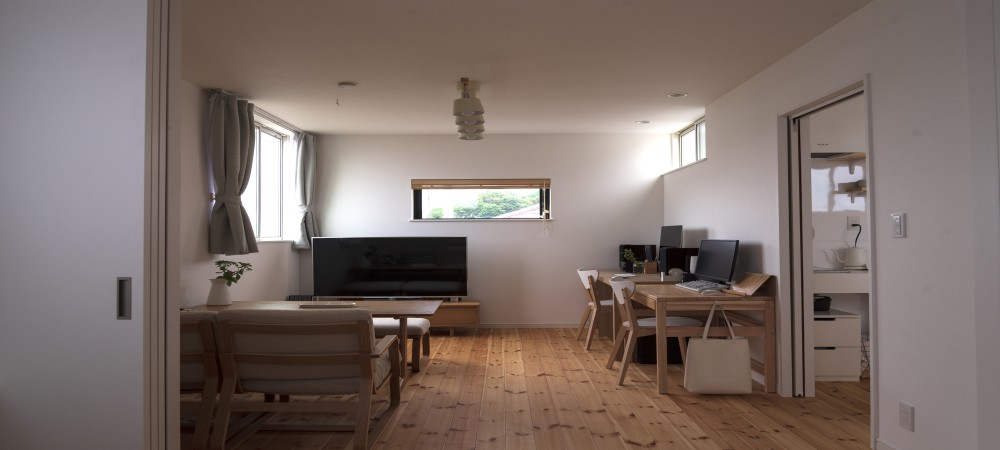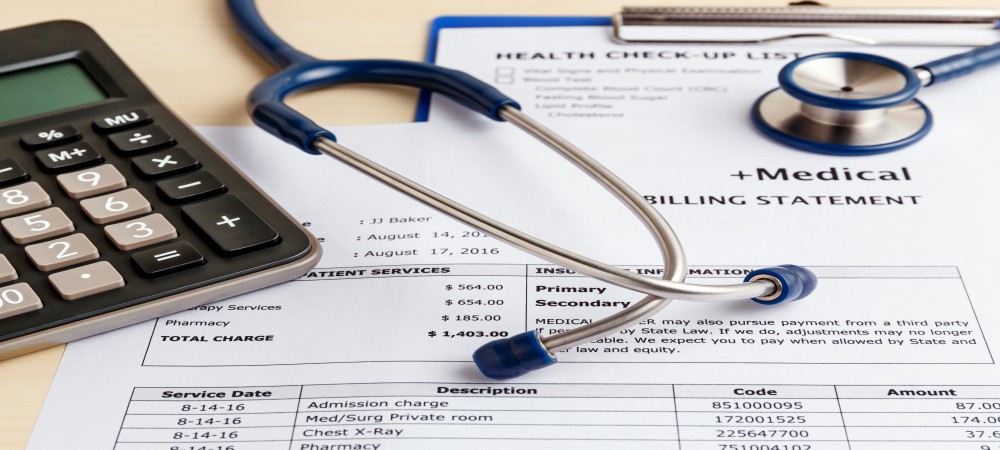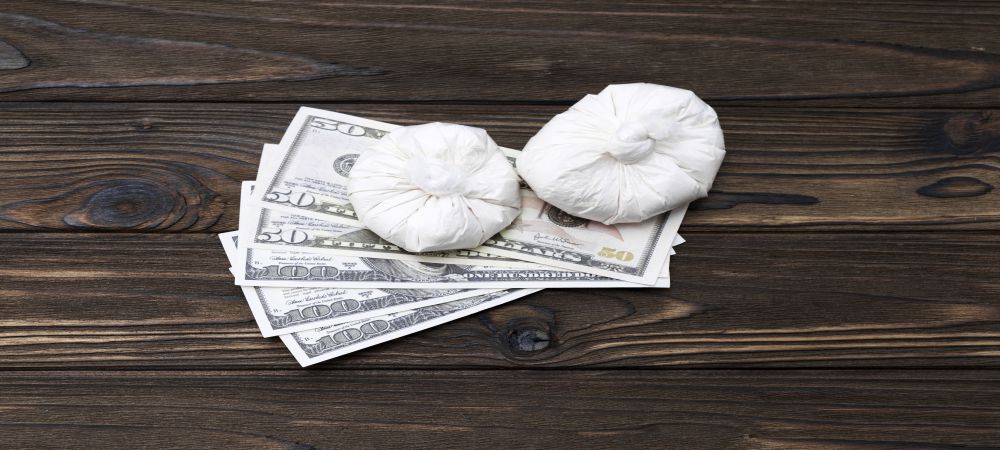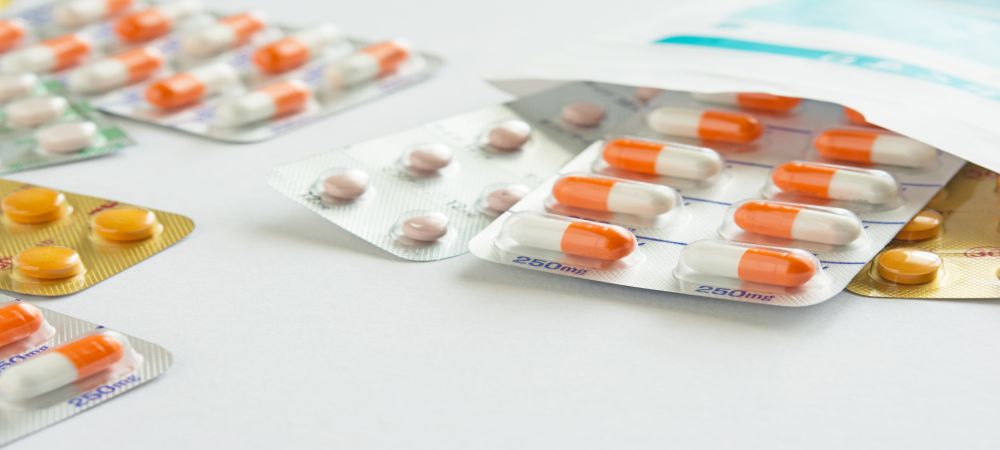How Much Does Meth Treatment Cost in Toronto?
The cost to treat methamphetamine addiction depends on the type of treatment services you need in Toronto. Each person is peculiar when it comes to addiction treatment. Hence, you cannot be sure of an exact cost until you properly consult with a meth rehab in Toronto.
This is why the first step towards addiction recovery is always the most important. When you get to meet a drug rehab in Toronto, you get an idea of pricing for methamphetamine addiction treatment. Several factors influence this pricing. Some of these factors are within your control, and most aren’t.
You should know that no matter what your budget is, there is always a package for you. Hence, you don’t have to avoid drug rehab in Toronto because you think you can’t afford it. You simply need to do your due diligence in finding the right addiction rehab center for you in Toronto.
One of the ways you can pay for addiction treatment is insurance. How much insurance covers is dependent on what your coverage looks like. Canada have government-funded medical insurance policies like Medicaid and medicare. You can also have your private financing insurance.
Generally, the following payment structure is what you’ll encounter with meth rehab services in Toronto.
Meth detox process cost in Toronto
The cost for drug detox in Toronto ranges between $1000 and $1500. However, if you are an inpatient, this is already included in your addiction treatment cost. Outpatients have to pay for drug detox separately.
Inpatient meth rehab pricing in Toronto
The cost to treat methamphetamine addiction in inpatient rehabs in Toronto ranges between $6000 and $30000. More popular rehab centers may average $20000 for 30 days. However, if you’ll need up to 60 to 90 days, the cost may rise to $12000 and $60000.
Outpatient meth rehab cost in Toronto
For a 3-month, most outpatient rehab in Toronto costs about $3000. Others may also cost as high as $10000. The pricing for methamphetamine rehab in Toronto depends on how long you are coming in for therapy.
Medications cost
On average, medications may cost you about $4700. Needs are always peculiar. Hence, the medications the doctor administers to you may differ from your friends. Don’t make the mistake of using your friend’s prescription.
Factors Influencing the cost of meth treatment
Several factors influence the cost to treat methamphetamine addiction. These factors are also not the same for everyone.
Rehab center location in Toronto
If your house is close to the rehab center in Toronto, especially for an outpatient, you get to save big on transport. This is different for someone that has to travel miles. Also, the location of the facility itself matters.
Drug rehabs situated in city centers will normally cost more than those in the suburbs or rural areas.
Pricing based on therapy sessions
The processes and needs for individual meth rehab stunts will differ. Hence, your cost will be a reflection of all you need. If you’ll be needing more therapy sessions for addiction and an extended detox program, you’ll have to pay more for meth addiction treatment in Toronto.
Duration of treatment cost
How long your meth treatment continues determines how much you pay. Payment is calculated per month, generally. And most meth rehab periods last between 30 and 90 days. However, you may require more than this, which translates to extra costs.
Rehab center facility pricing
The facility of the rehab center in Toronto plays a major role in the cost to treat methamphetamine addiction. Some meth rehab centers are built to reflect luxury, where you will pay more. Others are designed for low-income earners. Hence, there is a limit to the level of amenities you have access to.
Related Article: How Much Does it Cost for Sober Living in Toronto?
Meth treatment costs: Is It Worth It?
The cost to treat methamphetamine addiction in Toronto may seem high. But when you look at it in the long run, it costs less than a life of constant meth abuse. It is possible to lose everything, including your life, to meth addiction. You don’t want to be that person.
The first best step you can take is to sign up for a proper consultation with a meth addiction treatment facility. Here at 1000 Islands Rehab Centre, we offer affordable pricing for addiction treatment programs. Contact us today to discuss your options.
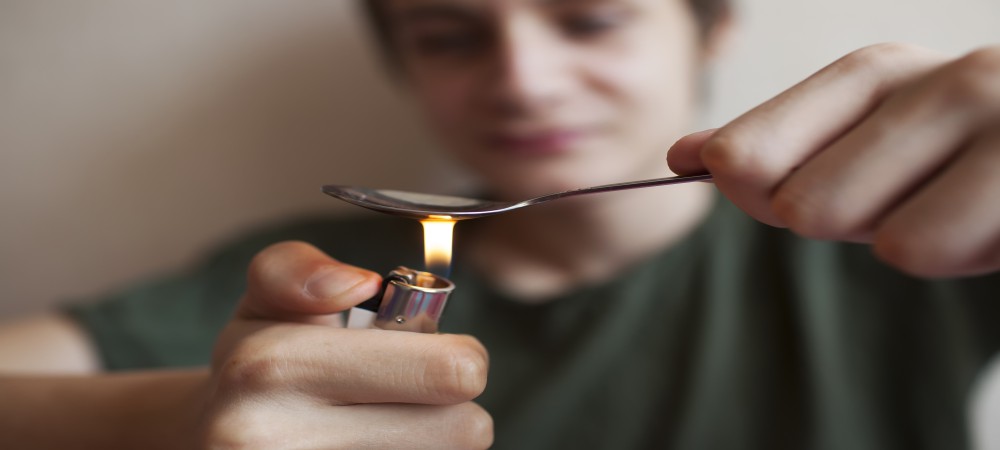
What is Methamphetamine Addiction about?
There are several names for methamphetamine among users. From “glass” to “shards” to “ice”, “meth” or “tina”. This flurry of slang names is to tell you that the substance is widely consumed. The names attached to methamphetamine all have origins. For instance, “shards” and “glass” are from the fact that the substance looks like shards of glass crystals.
In the drug usage world, meth is common. The reason for this is that its effects hit hard and fast. The euphoria that follows its usage is intense. The intensity of this euphoria causes addiction to occur very fast.
Amongst drug substances, meth has a high fatality rate. Over the years, there has been an increasing number of deaths associated with the substance. The ease of production of the substance is a major problem.
There are several methods to the consumption of the substance. In the long run, these various consumption methods influence the cost to treat methamphetamine addiction. This influence is because different consumption methods breed different degrees of addiction within a period. You can either smoke, swallow or inject crystal meth.
What effects do meth users seek?
One common place where you’ll find users of crystal meth is parties. It helps the users stay awake and alert for longer periods. The effects of meth on the user can last between 6 to 8 hours at the minimum. However, at a maximum, the effects may take about 24 hours to wear off.
Meth is an illicit drug that belongs to the same class as cocaine and other drugs. It is used by persons of all ages, but just as dangerous as you can imagine.
In the first few times of use, it works well as a stimulant. However, that marks the beginning of gradual degradation of the user’s life.
You should know that meth is mainly made as a controlled prescription for the treatment of ADHD. The substance is a stimulant of the central nervous system. However, there are street versions of it that are illegal and can be very dangerous. That is the substance this guide is about.
Meth is white, odourless, and has a bitter taste. When placed in water or alcohol, it dissolves easily. The simplicity in everything about meth is what makes it versatile. Its users are of different age groups and both genders. As simple in concept as the drug is, it is highly addictive.
The high addiction-tendency of the drug is due to the degree to which it boosts the neurotransmitter called dopamine. When this substance is released in the brain, there is an increase in chemical activity. This activates several areas of motor function, motivation, reward, and pleasure.
This high activity of the drug is why you don’t have to be addicted to the substance before showing signs of abuse. Even if you take it in small amounts, you can show the following signs:
- Euphoria
- You feel invincible
- You suffer from insomnia
- Hallucinations
- Constant itching
- Rotten and decaying teeth
- Hyperactivity
- Twitching, facial tics
- Paranoia
- Dilated Pupils
- Agitation
- Skin sores
- Mood swings
- Burns
- Sudden weight loss
Due to the high activity of the drug, you can get addicted after first use. Meth addiction is a disastrous condition, though not irreparable.
How much you incur for a meth addiction treatment then depends on how bad your condition is. The longer your addiction, the more chronic and lethal it becomes. Hence, you need to get help as soon as possible, irrespective of what it’ll cost to treat methamphetamine addiction.
Side Effects of Meth Use and Addiction
There are several reasons why incurring the cost to treat methamphetamine addiction is worth it. Meth is dangerous not only because it causes addiction faster. A larger portion of the substance remains in your body without changing. The substance also persists in the brain long after use.
This prolonged presence can lead to the damage of brain cell synapses. This is what results in the dependence on the drug. Beyond the signs and symptoms, real health damages (short-term and long-term) can result from continuous meth use.
Some of the short-term side effects that can result from meth use are
- Anxiety
- Chest pain
- Increased heart frequency
- Anorexia
- Aggression
- Itchy skin
- High body temperature
- Insomnia.
- Overdose.
Overdose results commonly from the use of meth and can lead to heart stroke, heart attack, and seizures. If you don’t treat this overdose immediately, it can lead to failure of internal organs and even death.
The required cost to treat meth addiction, in the long run, is always high. This is because the long-term problems of substance use can stack hastily. Researchers found that after a long period of use, the brain begins to create a need for using the drug. Long term users suffer from the following;
- Respiratory problems
- Heart diseases
- Failure of the liver
- Arrhythmias
- Kidney Failure
- Malnutrition
- Premature ageing
- Reproductive issues
- Seizures
- Birth defects
- High blood pressure
- Impaired cognition
- Loss of memory
- Cardiac death
- Depression
- Delusion
- Psychosis
- Aggression




